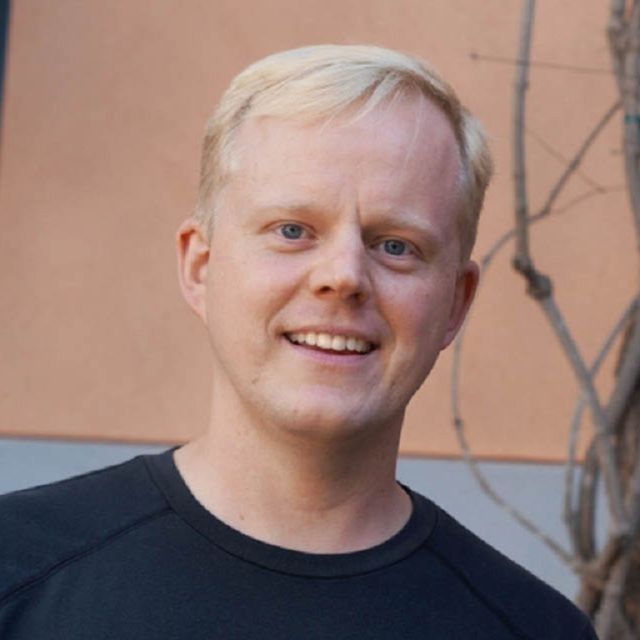Sebastian Streichan, Ph.D., Associate Professor, UC Santa Barbara, Design principles of fate, forces, form, and function: From embryogenesis to synthetic morphogenesis

Speaker:
Sebastian Streichan, Ph.D.
Associate Professor of Physics and of Biomolecular Science and Engineering
UC Santa Barbara
Title: Design principles of fate, forces, form, and function: From embryogenesis to synthetic morphogenesis
Abstract:
Morphogenesis is the process whereby the body of an organism develops its target shape. This requires controlling complex biochemical processes that orchestrate the forces shaping large scale structure. While gene patterns and protein distributions are known to set the body axes and the coordinate-system of cell fates, less is known about the physical processes that biology harnesses to create shape. The global force fields that drive cellular flow are hard to measure, but it is ultimately the cytoskeletal proteins regulating force generation that matter to the cell. I will describe work involving machine learning to mine a morphodynamic atlas of Drosophila development and formulate verifiable hypotheses from which we build a mathematical model that captures how protein dynamics govern morphogenesis. We image adhesion and motor proteins and construct a closed set of equations governing the coupled dynamics of eCadherin, myosin, and cellular flows. The mathematical model accurately predicts morphogenetic flows from before the onset of gastrulation until the beginning of the slow phase of germ-band extension. Beyond Drosophila embryogenesis, we use an in vitro human neural tube model to investigate possibly conserved mechanisms that priming cytoskeletal dynamics to drive morphogenesis.
Streichan Lab:
We are a team of biologists, physicists, and engineers who study how embryos form their spatial shape. We employ concepts and tools from physics, computer science, and mathematics to develop a quantitative understanding of developmental biology at the level of whole organs.
We use synthetic, stem-cell derived organoids, fruit flies, zebrafish, and shrimp as our living laboratories.